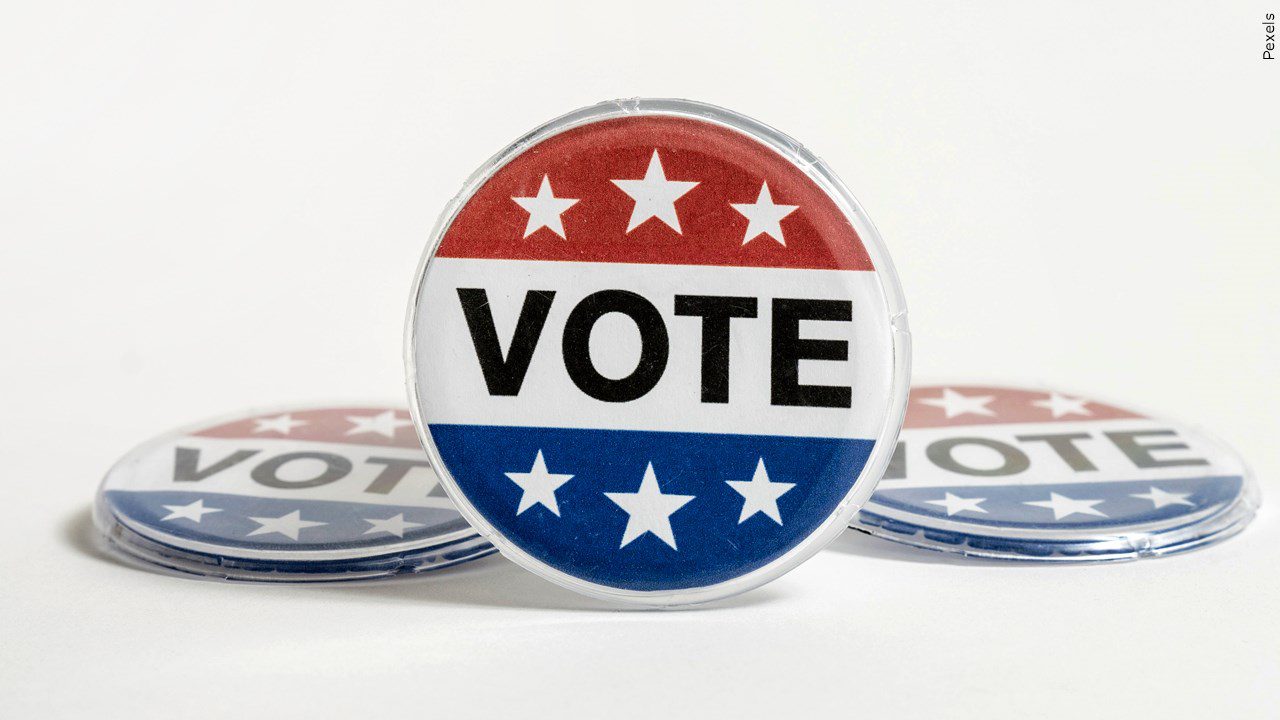In-person voting begins in Minnesota

(Pexels)
In-person voting for the midterm elections opened Friday in Minnesota, South Dakota, Virginia and Wyoming. The in-person voting kicks off a six-week sprint to Election Day. Wisconsin will open its in-person early voting on October 25.
In Minnesota, voters can register to vote up to 20 days before the election, or on Election Day at the polls. The 2022 Mid-Term Election Day is Tuesday, November 8. CLICK HERE to see if you are registered to vote.
Minnesota’s ballot includes races for governor and other statewide offices, with control of the Legislature at stake, too.
An absentee ballot can be requested online for federal, state and county elections. You can vote early by mail, from military or abroad, or in-person.
If you vote early by mail, you will need to have an absentee ballot mailed to you. The Secretary of State’s website says you don’t need to be registered to apply for the ballot. You will also need to have a witness when you vote and complete your ballot. The witness can be either a registered voter in Minnesota, or a notary. The ballot won’t count if it is received after Election Day. CLICK HERE to request an absentee ballot.
If you would like to vote while serving in the military or living abroad, you can have an absentee ballot sent to you, or a family member—who must be a spouse, parent, sibling or child who is at least 18 years of age—can apply for a ballot on your behalf. CLICK HERE to apply.
If you are interested in voting early in person, you can do so at your county election office. However, some cities and towns allow early voting to be done at a city office. CLICK HERE to see a list of cities and towns in Minnesota counties which have in-person voting locations.
Anyone who votes with an absentee or mail ballot can track the status of their ballot by CLICKING HERE.
In order to register at your polling place on Election Day, you will need to bring one of the following items listed on the Secretary of State’s website for proof of residence:
- ID with current name and address – this can include a valid Minn. driver’s license, a learner’s permit or ID, or a receipt for any of those items.
- A tribal ID with name, address, photo and signature can also be accepted.
- A photo ID and a document with current name and address. Approved photo IDs (which can be expired) include a driver’s license, state ID or learner’s permit issued by any state; a U.S. passport; a U.S. Military or Veteran ID; a Tribal ID with name, signature and photo; a Minnesota university, college or technical college ID or a Minnesota high school ID.
- Approved documents (which can be shown on an electronic device) include a current student fee statement, a residential lease or rent agreement valid through Election Day, a bill, account or start of service statement due or dated within 30 days of the election for the following: phone, television or internet; banking or credit card; rent or mortgage; slid waste, sewer, electric, gas or water.
- College student ID with a housing list
- A staff person of a residential facility. A staff member can vouch for all eligible voters living in the facility, and must prove their employment at the facility. CLICK HERE to learn more about being a voucher for a residential facility.
- Valid registration in the same precinct
- Notice of late registration
- A registered voter who can confirm your address. A registered voter can vouch for up to eight voters. A person can not vouch for others if they are being vouched for.
During the August primary, the Minnesota Secretary of State’s office reported about 19% of eligible Minnesota voters participated in the Aug. 9 election, which equals just over 793,000 voters.
In order to find out what will appear on your ballot, CLICK HERE.
Early in-person voting is offered in 46 states and the District of Columbia, according to the National Conference of State Legislatures. States may use different ways to describe it, with some calling it in-person absentee voting or advanced voting. In some cases, it mirrors Election Day voting with polling locations equipped with poll workers and voting machines. Elsewhere, it involves voters requesting, completing and submitting an absentee ballot in person at their local election office.
Early voting periods vary by state, with some offering as few as three days and others extending to 46 days. The average is 23 days, according to the conference of legislatures.